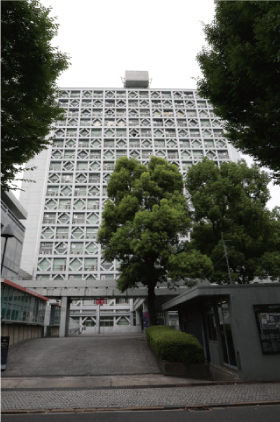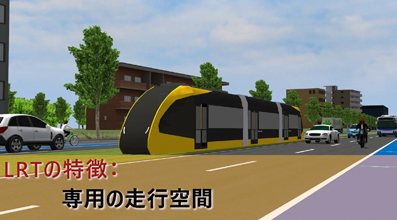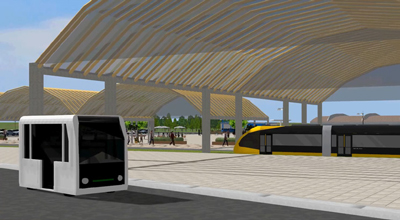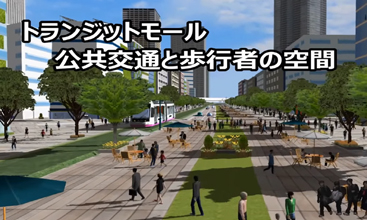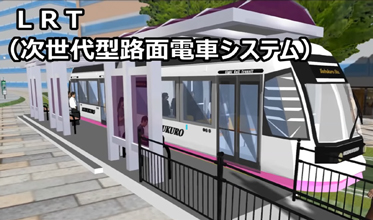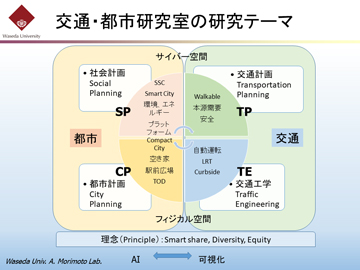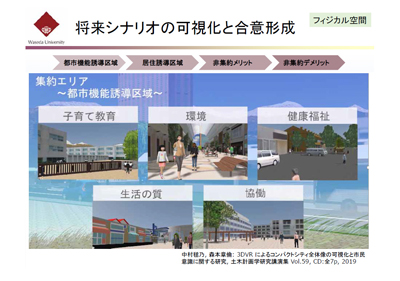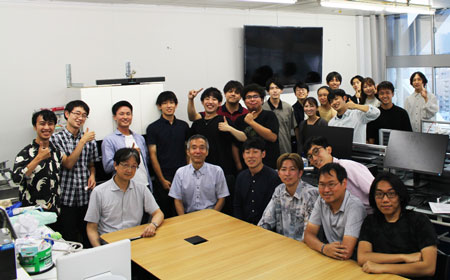|
||||||||||
|
||||||||||
Constant Efforts to Strengthen Research and Education Capabilities on the Basis of 140 Years of History Waseda University was founded in 1882 by Shigenobu Okuma as Tokyo Senmon Gakko (technical college). This year marks the 140th anniversary of its founding. During this period, Waseda University has undergone a series of reorganizations and expansions, including its name change to the current name in 1902, when it was upgraded from a technical college to a university. As part of such efforts, in 2004, "Faculties" were established for integrating undergraduate and graduate schools and research functions of the same academic system, which had previously been independent of each other. While taking advantage of the economies of scale that this brings, the University has been able to further enhance and strengthen its education and research activities. Currently, the University has 10 Faculties: Faculties of Political Science and Economics; Law; Letters, Arts and Sciences; Education and Integrated Arts and Sciences; Commerce; Science and Engineering; Social Sciences; Human Sciences; Sport Sciences; and International Research and Education. Under these faculties are 13 Undergraduate Schools, 1 Online Degree Program, and 22 Graduate Schools. The university has more than 47,000 students (as of May 2021), including both Undergraduate and Graduate, and approximately 2,000 full-time faculty members, and 5,500 faculty and staff members in total including part-time lecturers, at four campuses located in Waseda, Toyama, Nishi-Waseda and Tokorozawa. Among them, Faculty of Science and Engineering, to which Prof. Morimoto belongs, consists of 3 Undergraduate Schools and 5 Graduate Schools including School and Graduate School of Fundamental Science and Engineering (FSE), School and Graduate School of Creative Science and Engineering (CSE), School and Graduate School of Advanced Science and Engineering (ASE), Graduate School of Information, Production and Systems (IPS), and Graduate School of Environment and Energy Engineering (WEEE); and 8 Institutes (Centers). Supporting Urban and Transportation Planning of Government Agencies through Research Prof. Morimoto graduated from Waseda University and worked at Waseda University, Massachusetts Institute of Technology (MIT) and Utsunomiya University before becoming a professor at Faculty of Science and Engineering of Waseda University in 2014. He currently leads "Morimoto Laboratory for Transportation Engineering and Urban Planning," Department of Civil and Environmental Engineering (CSE) / Department of Civil and Environmental Engineering (CSE Graduate School). The laboratory positions how to achieve a good balance between the two elements of transportation and land use in urban areas as its comprehensive research theme. The laboratory reproduces the real (physical) space in the virtual (cyber) space and confronts various problems. Once the problems are solved, they are reported to government agencies so that they can be reflected in policies. In this way, the Lab is "helping urban planning and transportation planning," explains Prof. Morimoto. He also outlined the concept of Compact cities, which are based on degeneration of space to accommodate declining population, Smart Cities, which focus on coordination and expansion of information through the use of ICT, or Smart sharing, which merges both. In relation to Smart Cities, he mentioned the efforts of Utsunomiya City to promote Smart Cities with Mobility as a Service (MaaS) and LRT as their core, and in relation to Compact cities, he mentioned the effects of reducing CO2 emissions and the use of big data to build evidence. Furthermore, his Laboratory covers a wide range of research areas, including introduction and effects of next-generation public transportation systems such as LRTs to create attractive spaces, the future vision of urban spaces brought about by autonomous driving and its simulation, and traffic safety management based on the prediction of future accident risks. In conducting these researches, the Lab places emphasis on visualization of the future of cities and things that are actually invisible, such as energy, and promotes the effective use of such visualization.
Using UC-win/Road as a Tool for Urban Planning for Nearly 20 Years Since the Early 2000s Prof. Morimoto first started using UC-win/Road in the early 2000s when he was working in Utsunomiya University, when the city of Utsunomiya, which had never even run a streetcar, was considering introduction of an LRT system. The need of Prof. Morimoto and others to reproduce the future image of the city to be changed by the new transportation system using CG (computer graphics) in order to gain the understanding of citizens matched Forum8's need to enhance the traffic simulation functions of UC-win/Road in accordance with traffic engineering. The project was undertaken as a part of research and development for both parties. In 2014, he took up his new position as a professor at Waseda University, his old home. In the following year of 2015, he introduced UC-win/Road at the University. "After I returned to Waseda University, the first request I received was from a local volunteer group that wanted to introduce LRT to Ikebukuro." However, since there was no such momentum in Ikebukuro at the time, Morimoto Laboratory used UC-win/Road to create a 3DVR image of Ikebukuro in the year 2050, when LRT is assumed to be introduced to the city. Based on this, the LRT was considered not as a mere transportation tool but as a device of the city, and it was intended to discuss the city of the future with everyone. Responding to another request from the city of Komoro in Nagano Prefecture, the Lab used UC-win/Road to reproduce how people's lives would change if the city became a Compact city. In order to avoid excessive interest in individual houses when the current situation is completely reproduced, we gathered the opinions of citizens based on a VR created by slightly changing the reality. Moreover, for Utsunomiya City with which Prof. Morimoto has a deep and multilayered relationship, where he serves as a chairman of Haga-Utsunomiya Public Transportation Study Committee as well as Tochigi Prefecture Urban Planning Council, the lab created VRs as needed in relation to Compact cities and transport policies. They have voluntarily provided the government agencies with the VRs as evidence for examining policies. What's more, in town planning centering on the main street of Shinjuku Sanchome, they also used UC-win/Road to reproduce the town development in VR. Based on this, they are currently holding discussions with Shinjuku-ku. Emphasis on Visualization of the Vision of the Future City as a Communication Tool "I think it is very important to visualize the final vision of the future city in the process of urban planning." Prof. Morimoto says that urban planning, with its diverse stakeholders, is centered on gaining as much understanding as possible from the citizens. As its first step, he focuses on the process of gaining understanding and consent for the plan from the local government, including the local government head. The key to this is how to present the plan.
Focusing on EBPM in Urban Planning and Looking Forward to Children's Digital City Experience Professor Morimoto says that in the future, policies like Compact cities and Smart cities will require a mechanism in which government agencies create evidence and properly evaluate the effects of such policies. Then, he presented the concept of EBPM (Evidence-based Policy Making), in which actual human movements are taken as data to be analyzed, and policies are proposed based on the results of the analysis. He mentions the approach of collaboration and role-sharing among the parties involved, in which academia supports creation of evidence as part of research, while government agencies are responsible for how to make proposals to citizens by using the evidence. Meanwhile, in 2019, Utsunomiya City established the "U Smart Promotion Council" with the aim of realizing a Smart city where Utsunomiya City can develop sustainably over the future by utilizing advanced technologies such as ICT to solve social issues and create new businesses through public-private collaboration. Prof. Morimoto has also been serving as chairman of the council since its establishment. This spring, the Council invited applications from the public for new projects (demonstration experiments) in the three fields of "safety and security," "economy," and "education and culture" with the aim of realizing a Super Smart City in Utsunomiya City. FORUM8's proposal, "Digital City Experience Project Using 3D City Models, etc.", which aims to realize effective education that nurtures children's creativity in the midst of restrictions on various educational activities due to the impact of the COVID-19 pandemic, was selected as a project in the education and culture field. While mentioning the "PLATEAU" project led by the Ministry of Land, Infrastructure, Transport and Tourism to develop 3D city models and convert them into open data, he pays attention to the significance of being able to see the future on UC-win/Road based on such data. In this sense, he expresses his hope that through the above-mentioned new project of FORUM8, children will understand the plans of the government and become the "seed" that will promote their conversion to DX.
|
||||||||
| (Written by Takashi Ikeno) (Up&Coming '22 Fall issue) |
|
|||||
